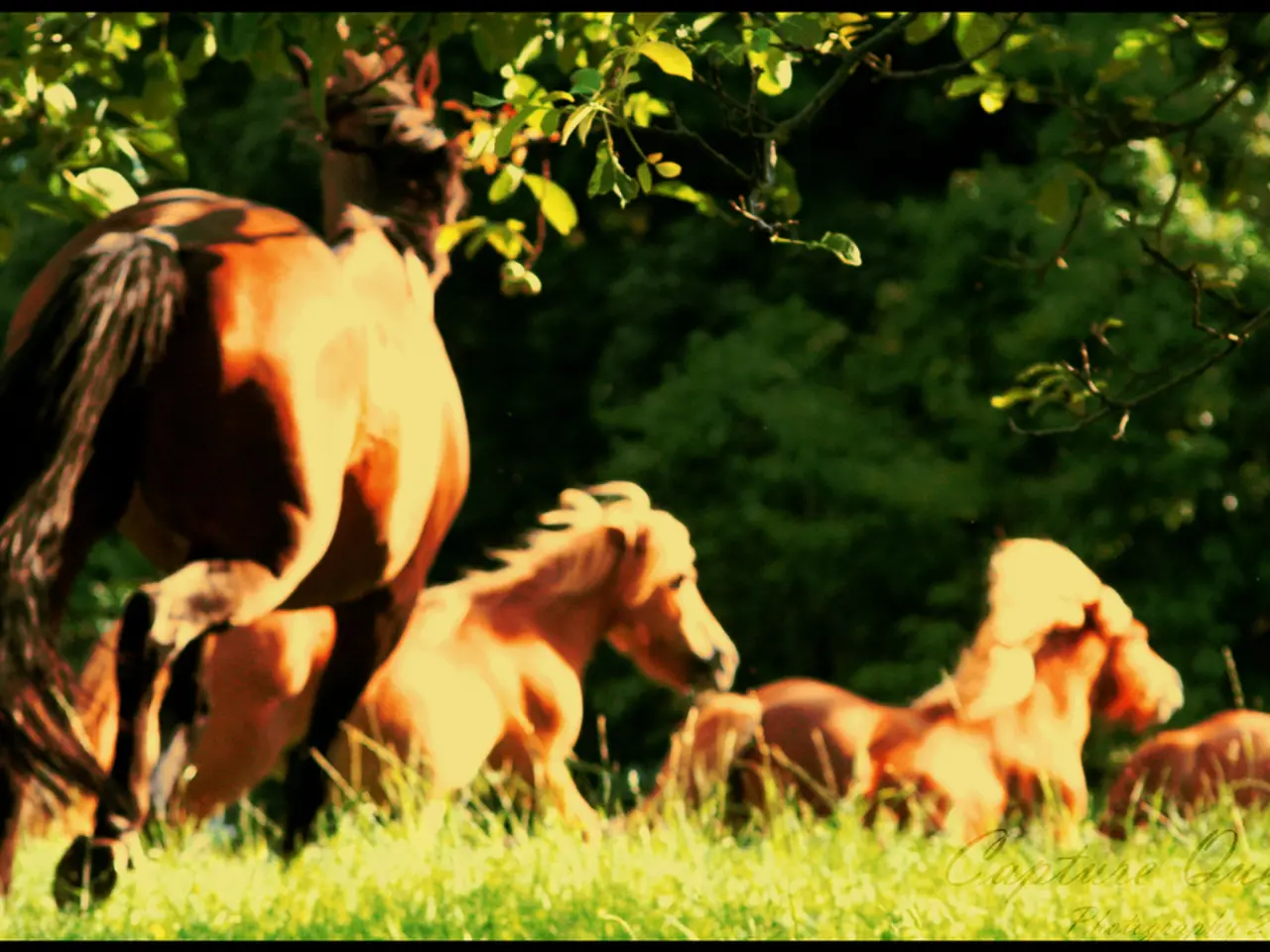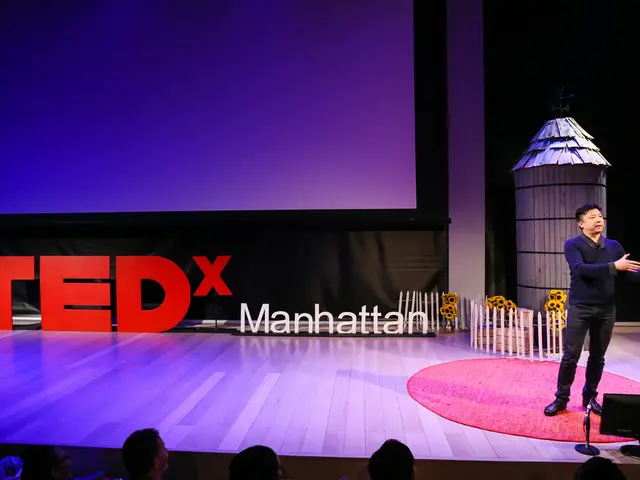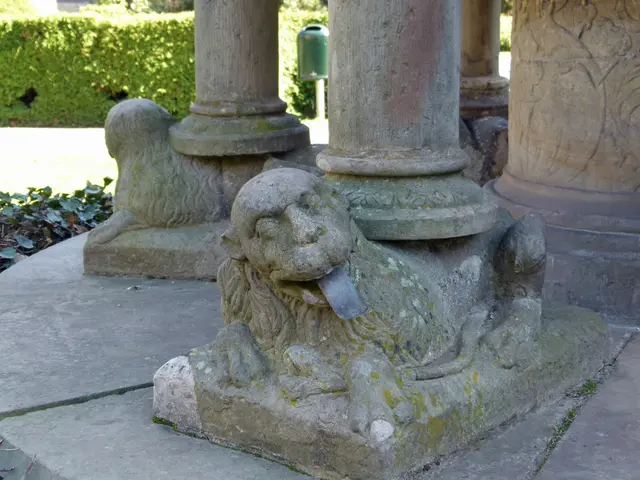Artificial Breeding Methods Evolving in Equine Reproduction
In the world of equestrian breeding, the landscape is changing as innovative techniques and technologies are transforming the way horses are bred. These advancements aim to promote optimal conditions for embryo transfer and semen preservation, leading to greater success in breeding practices.
Artificial insemination is a crucial practice in horse breeding, enhancing genetic diversity and minimizing transport risks. The ability to use frozen semen, thanks to semen preservation techniques such as cryopreservation, has transformed traditional breeding practices. This groundbreaking method allows for long-term storage of sperm cells, enabling breeders to utilise the genetic traits of remarkable stallions long after their death and facilitating breeding across vast distances.
Embryo transfer is another significant innovation, allowing breeders to maximize the potential of valuable mares and making breeding management more efficient. This technique opens pathways for better genetics and diverse stallion collection, ultimately improving the genetic quality of future generations.
Stallion collection methods have also evolved, with the artificial vagina and digital manipulation being key components. Hygiene and a calm environment are vital to the process, ensuring the highest quality semen for preservation and insemination.
Ultrasound technology plays a pivotal role in equine reproduction, allowing veterinarians to monitor follicular development and assess the health of the reproductive system. This technology also enhances precision during the embryo transfer process. Furthermore, ultrasound technology allows for more accurate assessments of ovulation and overall reproductive status in horses.
Injectable hormones can optimize the timing of ovulation in mares, increasing the chance of successful insemination. Knowing when a mare is in heat helps guide the timing of insemination, and observing the mare for signs of heat and using ultrasound technology for monitoring estrus are important steps in breeding management.
The integration of artificial intelligence and data analytics may predict the best mating combinations and outcomes, further revolutionising the approach to equestrian breeding. Breeders may find new ways to implement technology, such as genetic testing and artificial intelligence, which will play a key role in selecting optimal breeding pairs.
Embracing innovation can often lead to remarkable results in horse breeding management. Continued research and development can lead to even better methods of semen preservation, improving fertility rates and enhancing overall reproductive success. Sustainability could factor heavily into breeding strategies in the future, as breeders strive to balance the need for genetic diversity with the preservation of endangered horse breeds.
Successfully transferring embryos allows for the conservation of endangered horse breeds by transferring embryos from rare mares to recipient mares in different regions. This practice not only ensures the survival of these rare breeds but also contributes to the genetic diversity of the horse population as a whole.
In conclusion, the future of artificial insemination in horse breeding appears promising with continued research and development. Breeding management involves regular veterinarian check-ups, maintaining accurate records, and open communication between owners and trainers. Proper nutrition is necessary for both mares and stallions to promote overall health and fertility optimization.
Staying informed about these practices will be essential for breeders aiming to achieve excellence in their programs. By understanding and implementing these advanced techniques, breeders can foster success and sustainability in their breeding programs, ultimately leading to a brighter future for equestrian breeding.
Read also:
- Struggle for Wetlands, Wildlife Preservation, and Youth-Driven Conservation Movement Led by Matthew Vincent Tabilog in the Philippines
- Increased Imported Chikungunya Cases Prompt Traveler Alerts from the UK
- Olema Oncology unveils a fresh clinical trial collaboration with Pfizer, aiming to blend Palazestrant with Atirmociclib for treating metastatic breast cancer that is ER+/HER2-








